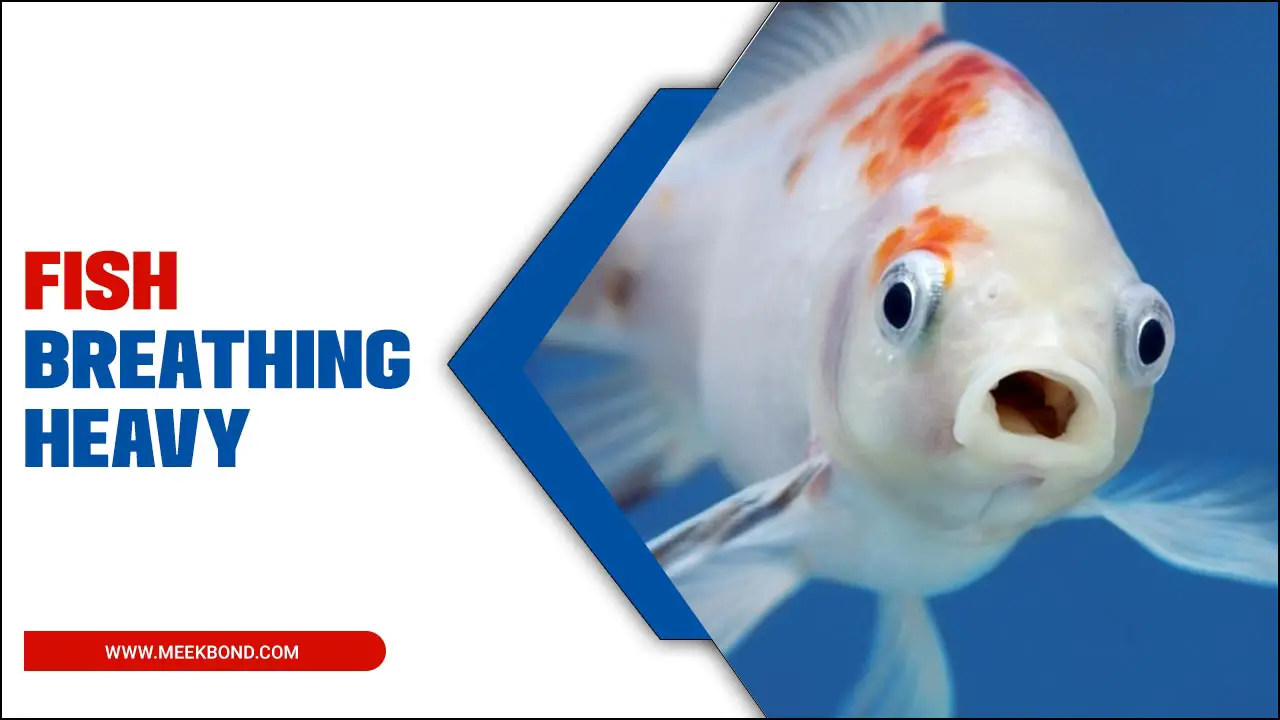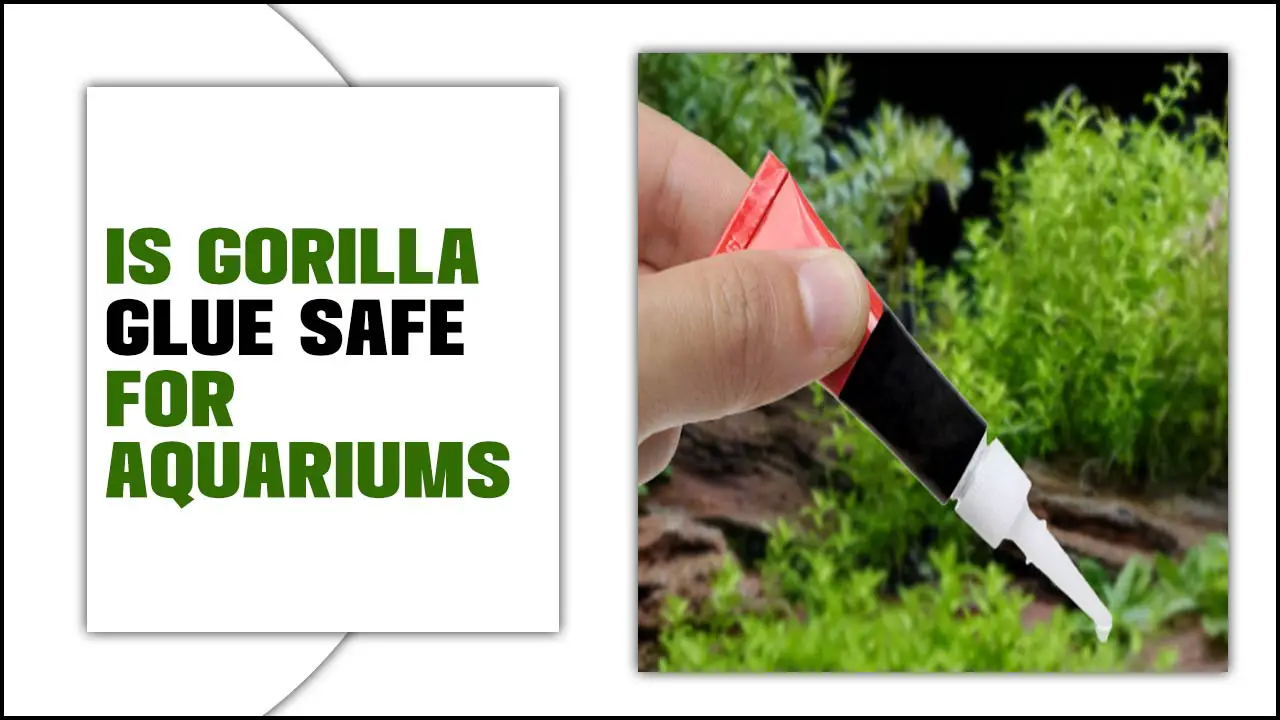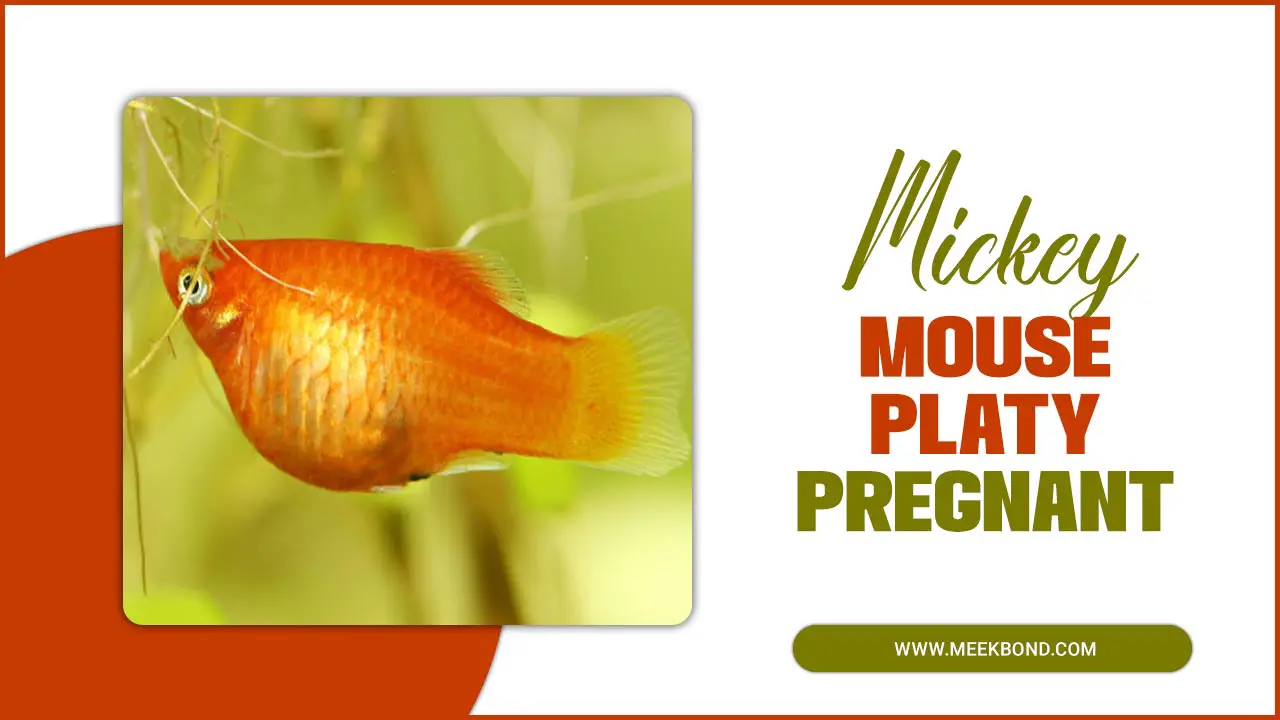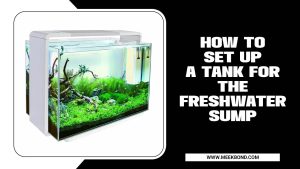Aquarium hobbyists are well aware of the various health issues that can arise in their fish, and one such issue is clamped fins. Clamped- fins occur when a fish’s fins remain tightly pressed against its body, signaling an underlying health problem.
Here we’ll delve into everything you need to know about clamped fins – from understanding what they are, how to treat them, and the different causes that lead to clamped fins in your aquarium fish. We have also listed some preventive measures you could take to avoid such instances in the future. We have also highlighted the cost of treating clamped fish and how you could manage it effectively. So, let’s get started on helping your finned friends feel better.
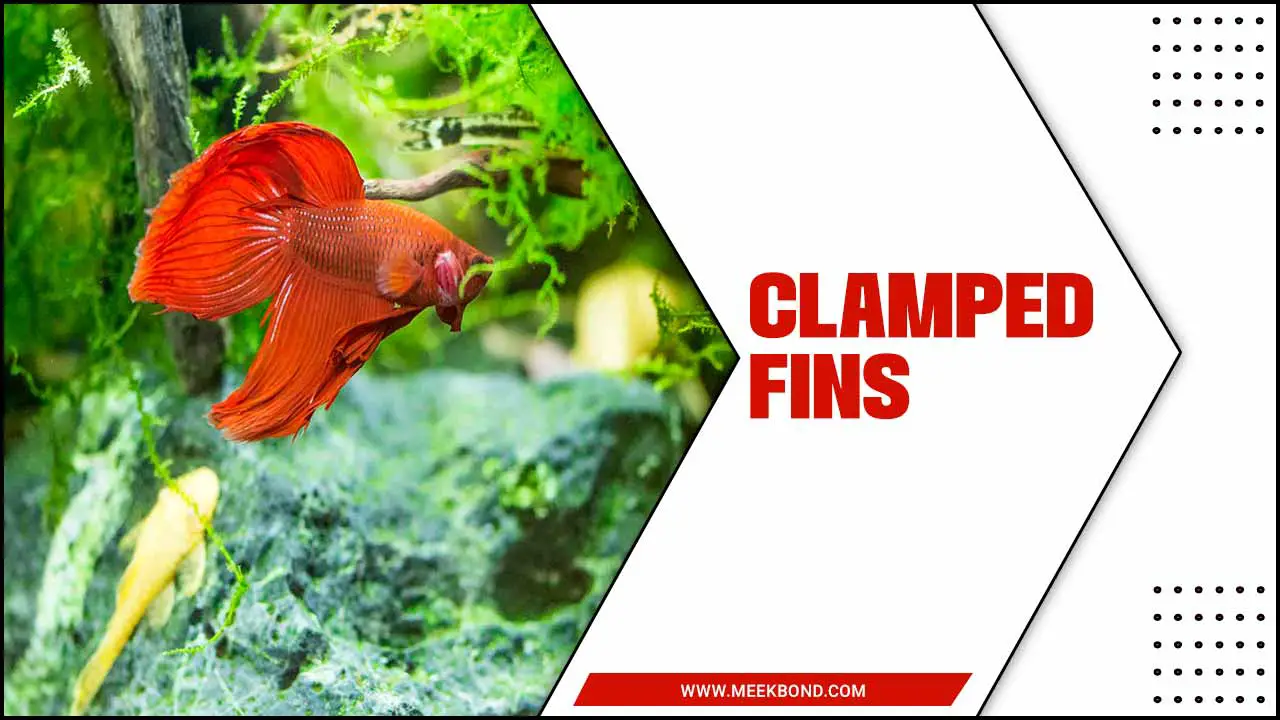
Causes Of Clamped Fins
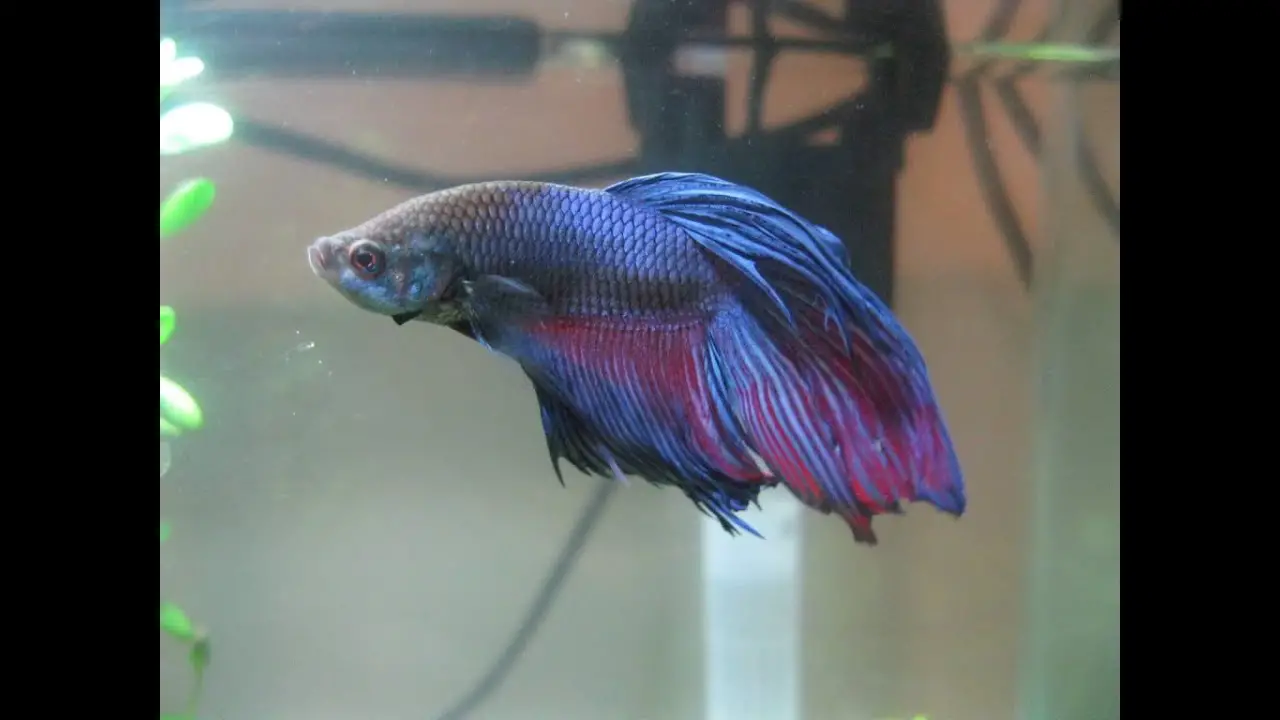
Poor water quality, overcrowding, aggressive tank mates, nutritional deficiencies, and certain diseases or infections are the underlying causes of clamped fins in fish. Stress resulting from poor water quality can lead to clamped fins.
Overcrowding and aggression from tank mates can also stress fish and cause their fins to clamp. Nutritional imbalances or deficiencies in the fish’s diet can also contribute to this condition. Diseases such as bacterial infections or parasites can also result in clamped fins.
Poor Water Quality

Poor water quality can significantly impact the health of fish, leading to stress and clamped fins. High levels of ammonia or nitrite in the aquarium can be harmful and result in this condition. To prevent clamped fins caused by poor water quality, it’s crucial to maintain proper water parameters and perform regular water changes. Monitoring water quality with the help of a water testing kit is a good idea to prevent potential issues.
Environmental Stressors
Fish can experience stress due to various environmental factors. The quality of water, temperature, and pH levels significantly contribute to stress and can ultimately lead to clamped fins. Additionally, overcrowding, inadequate filtration, and insufficient oxygen levels can also contribute to the fish’s overall stress levels. Another important factor to consider is sudden changes in water parameters or temperature, which can cause shock and result in clamped fins.
Age And Genetic Factors
Age and genetic factors play a significant role in the occurrence of clamped fins in fish. Some fish species may naturally have clamped fins due to their genetics. Additionally, older fish are more prone to experiencing clamped fins due to age-related health issues.
However, some measures can be taken to prevent these genetic causes. Proper breeding techniques, nutritious food, and optimal tank conditions, including water quality, pH levels, and water parameters, can help prevent clamped fins caused by genetic factors.
Diseases Leading
Clamped fins can indicate underlying diseases, such as ich, fin rot, and velvet disease. An accurate diagnosis of the specific ailment is crucial to treat clamped fins effectively. Prevention plays a significant role in avoiding fin diseases, so maintaining proper water hygiene and providing adequate nutrition are essential. Treatment options for clamped fins may include medicated baths, antibiotics, or specific disease treatments, depending on the exact problem.
How To Treat Clamped Fins In Your Aquarium
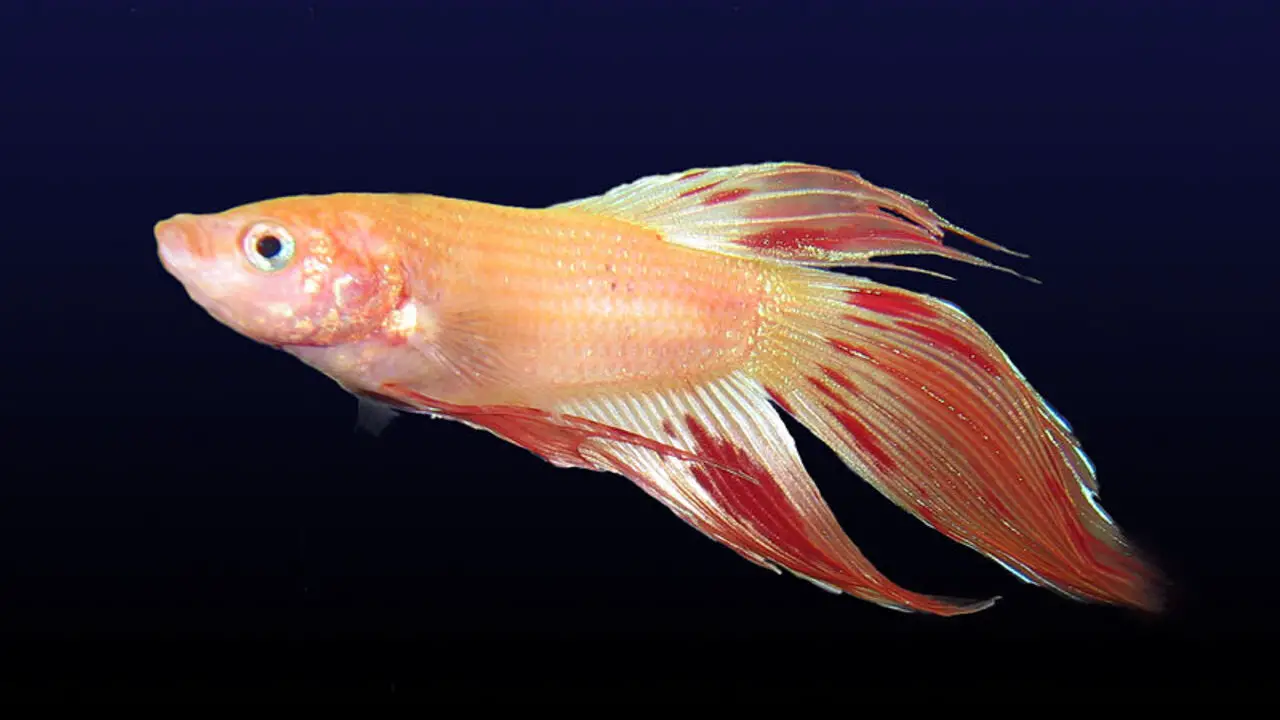
To effectively treat clamped fins in your aquarium, it is important to identify the underlying cause. Whether it’s poor water quality or stress, addressing the root cause is essential. Start by improving water conditions, including monitoring pH levels and water parameters and reducing nitrates, ammonia, and nitrite levels.
Consider using medication or treatment options specifically designed for clamped fins, such as API products. Close monitoring of the fish is crucial, adjusting the treatment if necessary. Regular water testing, proper tank maintenance, and ensuring a healthy environment for your fish are recommended to prevent future occurrences.
Increase Water Quality
It’s essential to focus on increasing water quality in your aquarium to prevent clamped fins in fish. Poor water quality can be a common cause of this condition. One way to improve water quality is by increasing the frequency of water changes and maintaining proper filtration. Regularly testing water parameters, such as ammonia, nitrite, and nitrate levels, can also help ensure good water quality.
Another critical step is to avoid overfeeding your fish to prevent excess waste buildup in the tank. Additionally, quarantining new fish before introducing them to the main tank can prevent the spread of diseases. By taking these measures, you can create a healthier and more suitable environment for your fish.
Adjust Water Temperature
Adjusting water temperature is crucial to address clamped fins in fish. Slowly increase the temperature within the recommended range to create a favorable environment for your fish and stimulate healing. Consult a veterinarian or aquatic specialist for severe cases. Monitor your fish closely and maintain their well-being through proper temperature regulation.
Balance Water Parameters
Maintaining balanced water parameters is crucial to prevent clamped fins in your aquarium. Poor water quality or imbalanced water parameters can commonly cause this condition. Ensure that your fish species’ pH, temperature, and ammonia/nitrate levels are within the proper range.
Regular water changes and tank maintenance are essential to prevent clamped fins from occurring. Additionally, consider adding plants or implementing natural filtration methods such as a sponge filter to improve the water quality. If water quality is not the issue, explore other factors like stress or diseases that could lead to clamped fins.
Monitor Water Quality
Regular monitoring of aquarium water quality is essential to prevent the occurrence of clamped fins in fish. Poor water quality can harm fish’s health, leading to fin clamping and other health issues. Conducting regular water tests and performing necessary maintenance to maintain optimal water conditions is essential.
Keeping the aquarium clean, maintaining appropriate temperature and pH levels, and using a high-quality filtration system are crucial to ensuring good water quality. Additionally, adding plants or live rocks can help improve water quality by providing natural filtration and oxygenation. By closely monitoring water quality, fish keepers can prevent fin clamping and promote their aquatic pets’ overall health and well-being.
Use Aquarium Salt
Aquarium salt can be used to treat clamped fins caused by bacterial or parasitic infections. Dissolve 1 tablespoon of aquarium salt per 5 gallons of water before adding it to the tank. It’s essential to keep the salt concentration constant for several days until the fish’s fins show improvement.
Remove any uneaten food and waste to prevent further contamination. Regularly monitor water parameters such as pH, nitrates, and ammonia levels to ensure a healthy environment for your fish. Providing the appropriate dosage of aquarium salt can help treat clamped fins and promote the overall well-being of your aquatic pets.
Feed Nutritious Foods
To ensure your fish’s overall health and well-being, it is important to feed them a balanced diet consisting of high-quality protein and essential vitamins. This will help prevent clamped fins and promote their overall vitality. Avoid overfeeding your fish as it can lead to digestive issues and exacerbate the problem.
Consider adding fresh or frozen foods such as bloodworms or brine shrimp, which provide additional nutrients. It’s also crucial to monitor the water quality in your aquarium to ensure that it meets the appropriate parameters for your fish species. If the issue persists or worsens, it is advisable to consult with a veterinarian or aquatic specialist for further assistance.
How To Prevent Clamped Fins In Aquarium Fish
To prevent clamped fins in your aquarium fish, it is essential to maintain good water quality. Regularly test and change the water to ensure optimal water conditions. Avoid overfeeding, as it can lead to poor water quality and health issues for the fish. Providing adequate space and hiding places in the tank reduces stress and promotes healthy fin movement.
Avoid sudden temperature or water chemistry changes, as these can also cause fin clamping. Before introducing new fish to the main tank, quarantine them in a separate tank to prevent the spread of diseases. Regularly monitor fish behavior and appearance to catch any issues early and treat them promptly.
Ensuring Optimal Water Conditions
To keep your aquarium fish healthy, maintain optimal water conditions. This includes consistent temperature and pH levels, regular water changes to remove toxins, and high-quality filtration systems to keep the water clean. Regularly test for nitrates, ammonia, and nitrites. Provide hiding spaces and avoid overstocking to reduce fish stress. Following these measures can create a healthy environment for your aquarium fish.
Choosing Compatible Tank Mates
Researching the compatibility of different fish species is essential to prevent stress and aggression, which can lead to clamped fins. Avoid adding aggressive or territorial fish to your aquarium, as they can disrupt the harmonious environment. Choose fish with similar water requirements and temperaments to promote a peaceful tank.
Introduce new fish gradually, monitoring their behavior closely to prevent stress and potential fin clamping. Providing ample hiding spots and enough space will also reduce stress and promote healthy fin growth. By carefully selecting compatible tank mates, you can create a peaceful aquatic community and minimize the risk of clamped fins.
Regular Disease Checks And Prevention
Regular disease checks and prevention are essential to maintain your aquarium fish’s health. Follow these practices to prevent illnesses: test and maintain water quality, avoid overfeeding, quarantine new fish, wash hands before handling fish or equipment, and monitor fish behavior and appearance for signs of illness or stress.
Calculating The Cost For Clamped Fish Treatment
Calculating the cost of clamped fish treatment can vary depending on the specific circumstances and the severity of the condition. In general, treatment for clamped fins may involve addressing the underlying cause, such as poor water quality or stress, and providing appropriate medication or remedies to improve the fish’s health.
The cost of these treatments can include the price of medications, water testing kits, water conditioners, and any necessary equipment or supplies. Additionally, there may be additional costs associated with consulting a veterinarian or aquatic specialist for guidance on proper treatment. It is important to consider both the financial and time commitment required when calculating the overall cost of treating clamped fins in fish.
Conclusion
Prevention is key when it comes to clamped fins in aquarium fish. Maintaining optimal water conditions, choosing compatible tank mates, and regularly checking for diseases can greatly reduce the risk of your fish developing clamped fins. However, if your fish does experience clamped fins, it is important to take immediate action.
Increasing water quality, adjusting water temperature, balancing water parameters, and treating diseases and infections are all effective treatment methods. Additionally, monitoring water quality, using aquarium salt, feeding nutritious foods, and providing stress-reducing environments can help promote healing and prevent further complications. Remember, the health and well-being of your fish should always be a top priority.
Frequently Asked Questions
What Is Clamped Fins Betta?
Clamped fins in betta fish refer to the condition where their fins are held close to the body, restricting their movement. It can be caused by stress, poor water quality, or disease. To prevent it, maintain a clean and healthy aquarium environment. Treatment involves identifying the underlying cause and taking appropriate measures.
Why Are My Betta Fish’s Fins Clamped?
Stress, illness, poor water conditions, or genetics can cause clamped fins in betta fish. Maintaining clean water, proper temperature and pH levels can prevent clamped fins. Treating with prescribed medication or aquarium salt can help if caused by illness. Creating a comfortable environment with hiding places and suitable tank mates reduces stress.
What Medication Is Used For Clamped Fins?
The medication for clamped fins varies depending on the underlying cause. Common treatments include antibiotics, anti-fungal agents, and anti-parasitic drugs. Identifying the root cause before treatment is crucial, so consulting a veterinarian for proper diagnosis and medication is recommended.
Why Does Your Betta Have Clamped Fins?
Clamped fins in bettas can be caused by stress, illness, or poor water conditions. Factors like poor water quality and temperature fluctuations are common culprits. Stressful environments or interactions with other fish can also lead to clamped fins. Treating the underlying cause and maintaining a clean and stable tank environment is crucial for alleviating this condition.
Why Does My Baby Betta Have Clamped Fins?
It’s important to understand that stress, poor water conditions, or illness can cause clamped fins in baby bettas. Ensure a clean and adequately cycled aquarium with appropriate water parameters. Avoid overfeeding and provide a varied diet. If clamped fins persist or are accompanied by other symptoms, consult a veterinarian for proper diagnosis and treatment.

Aquarium passion is all about connecting with the aquatic life and providing education to the public on the importance of these creatures. We showcase a wide variety of marine life through our exhibits as well as working with schools to provide unique learning opportunities for students of all ages.

